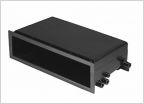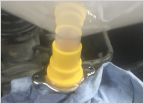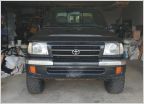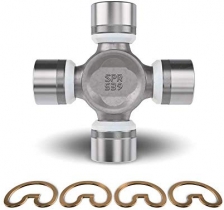-
Welcome to Tacoma World!
You are currently viewing as a guest! To get full-access, you need to register for a FREE account.
As a registered member, you’ll be able to:- Participate in all Tacoma discussion topics
- Communicate privately with other Tacoma owners from around the world
- Post your own photos in our Members Gallery
- Access all special features of the site
AC Issues
Discussion in '1st Gen. Tacomas (1995-2004)' started by legbuh, Sep 22, 2014.


 Looking for tape deck
Looking for tape deck Removing factory graphics
Removing factory graphics Coolant flush**RESOLVED**
Coolant flush**RESOLVED** 1st gen replacement headlights
1st gen replacement headlights












































































